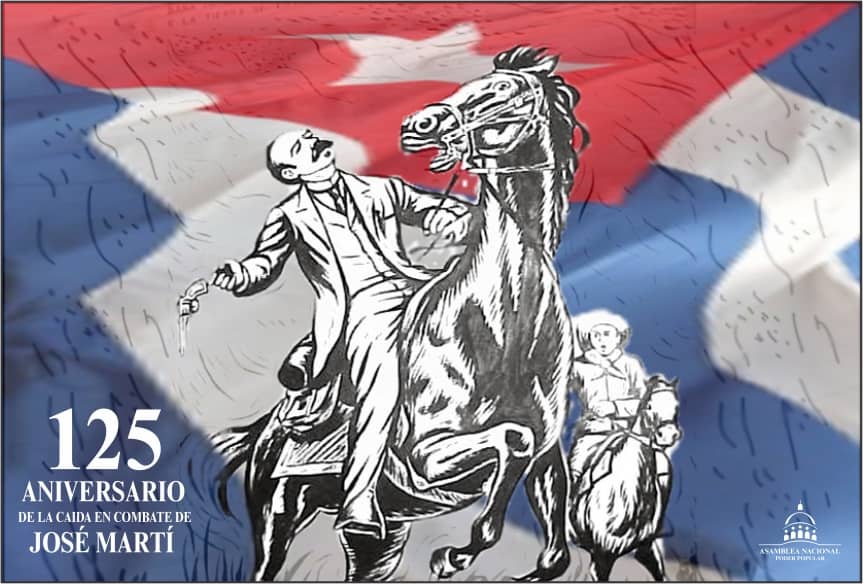
José Martí's physical appearance is little known. It is not a minor or frivolous subject. Men must be lowered from their pedestals from time to time and cycle through the epidermis. That humanizes them as long as it brings them closer to their followers.
Las Tunas, Cuba.- According to people who knew and treated him, the height of the Dos Ríos man was around five and a half feet, and his body weight was around 140 pounds. He almost always had a thick mustache and a fine fly on his chin. His head was not as large and disproportionate as the world-famous bust of the sculptor J. A. Sicre denotes.
His nose was straight, and his eyes were not black, but brown, of which the painter Federico Edelman said when sketching them: “Color that has the changing tones of the waves, from dark to light, in a variable sensation of brown to green sea.” They are said to be melancholic and sweet. But twinkling and energetic when attacking from the rostrum!
Enrique Collazo said of him: “He was overly irascible, very nervous, a squirrel man! He wanted to walk as fast as his thinking, which was not possible. He went up and down the stairs like someone with no lungs. And he lived wandering, homeless. Without a trunk, without clothes; he slept in the closest hotel, where he was surprised by night or sleep. ” And also: "He was a man with a big heart, who needed to love and be loved."
Although it has been said that he occasionally smoked, people close to him denied it. "And it is a strange thing," admits a colleague, "since the majority of his collaborators and brothers in the struggle were devoted and formidable tobacco workers." But he was an excellent liquor taster. His favorite drink was always the Mariani wine, very fashionable at that time, with which his political enemies once tried to poison him.
According to his friend and biographer Gonzalo de Quesada y Miranda, Martí slept little and badly. His dream was almost always restless, and when he reconciled it, he used to speak inconsistencies and shake from one side to the other. He was once asked: "And how many hours do you sleep?" And he answered: "Five, as long as my Homeland is not free."
A colleague portrayed him like this: “Fragile in body, in poor health, with a painful inguinal inmate wound that was never healed, with his flimsy physical structure, he rode many leagues through Santo Domingo, fell and bruised a leg; he learned with Gomez how to shoot with a war weapon, how to use a machete, how to cut firewood, how to cook beans. And during the stormy sea voyage to Playitas, he was seen, rowing in hand, in those anguished hours when he put his heart as a patriot, as a man and as a poet to sail towards freedom."





